Whale Valley
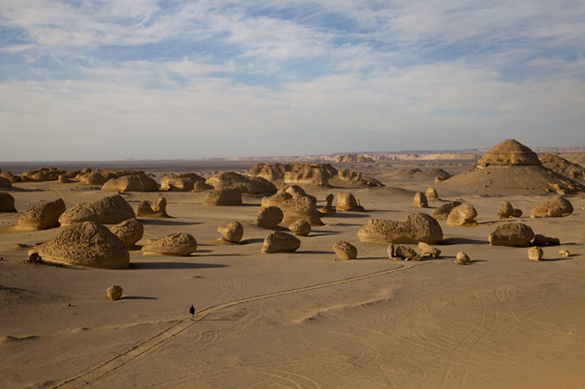
Photograph by Richard Barnes
My copy of the August issue of the National Geographic magazine arrived yesterday. I always enjoy most of the articles they publish but as you know, my favourites are anything to do with rocks and archaeology and the related sciences. This time I was thrilled to see a fascinating article and many gorgeous photos of Wadi Hitan, the Valley of the Whales in Egypt and the whale bones found there. There are some surprising discoveries concerning the evolution of the whales. All this is available online so enjoy!
Some of you might remember my post of five years ago when I first learned about this remarkable place. You might also enjoy this story and photos by Jenny Bowker, a quilt artist who visited Wadi Hitan while living in Egypt.
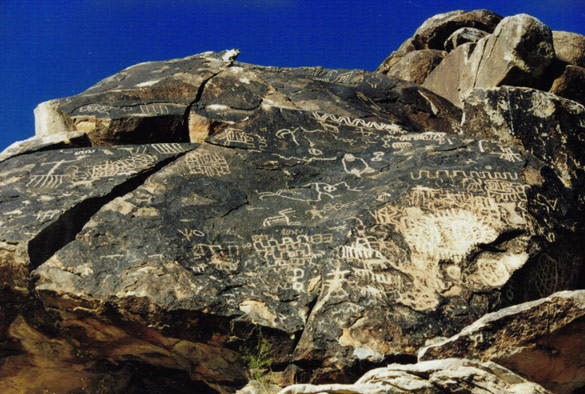
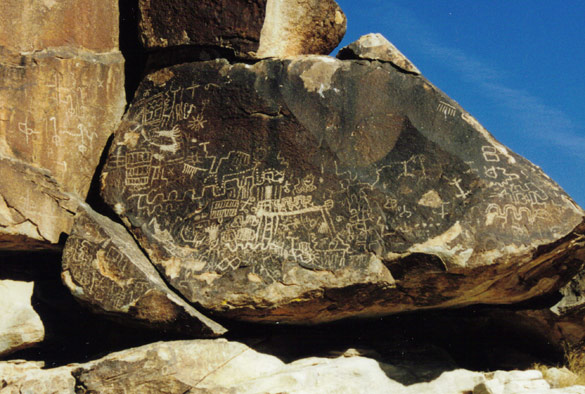
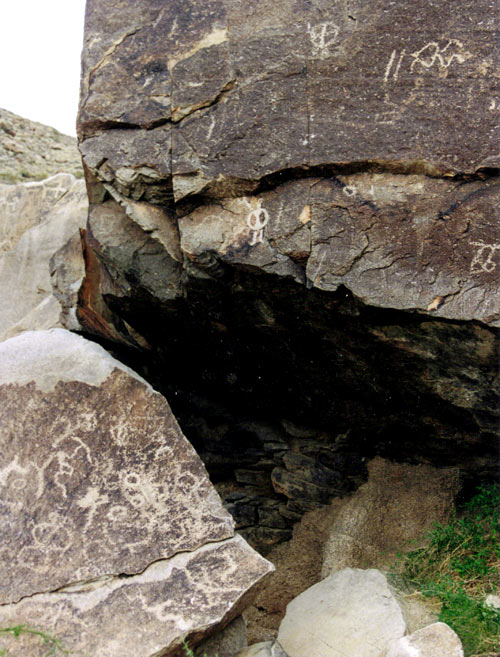
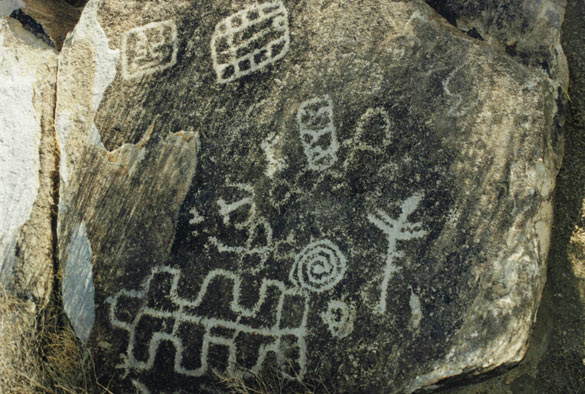
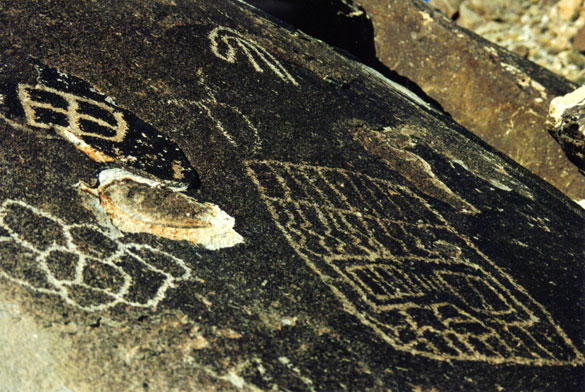 <
Please see also
<
Please see also 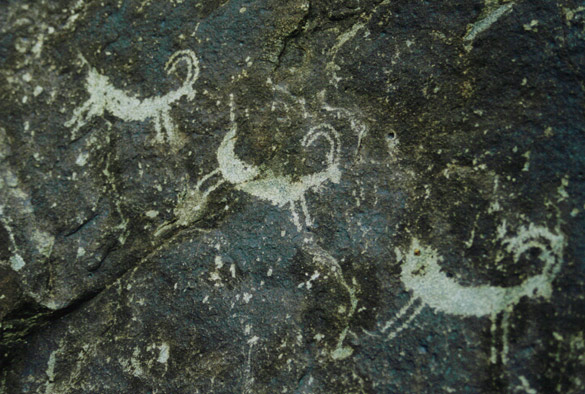
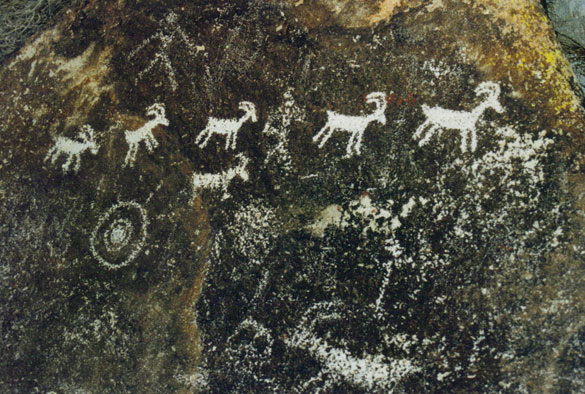
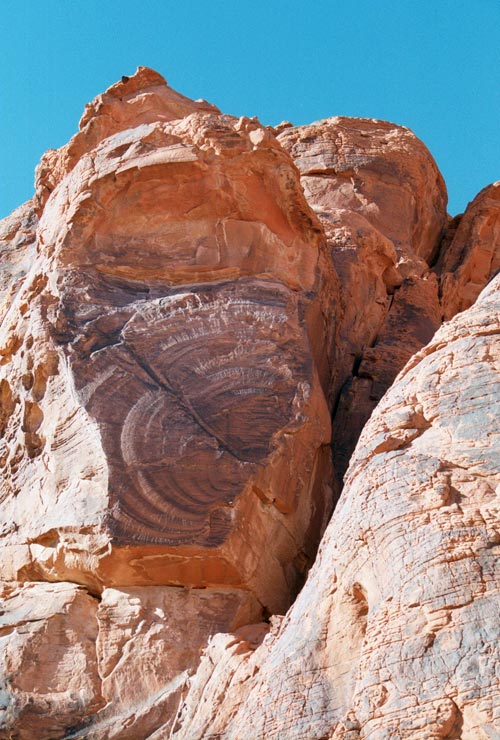
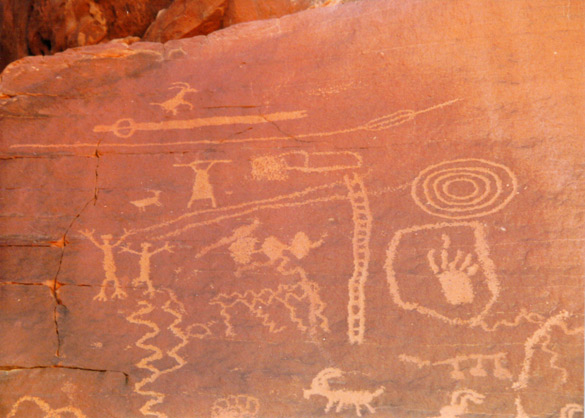
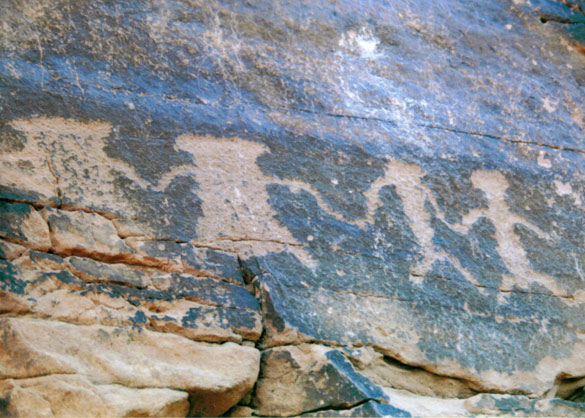
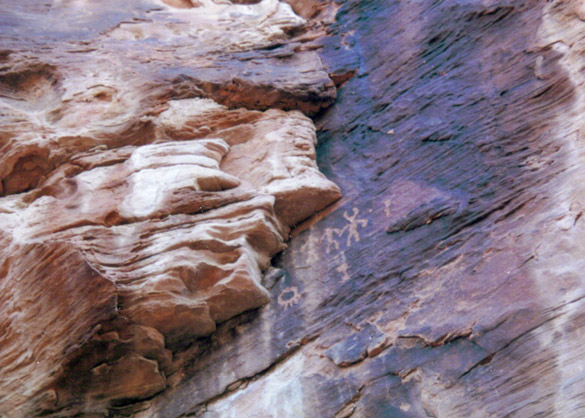
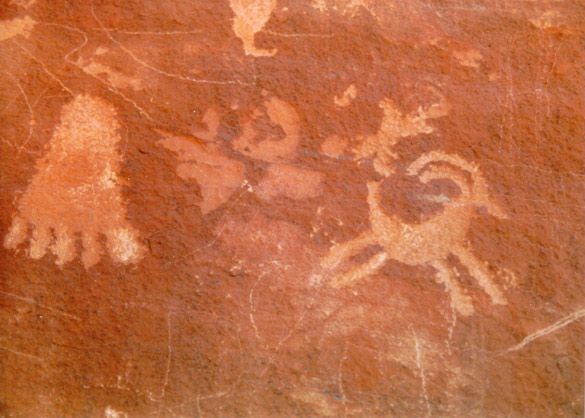
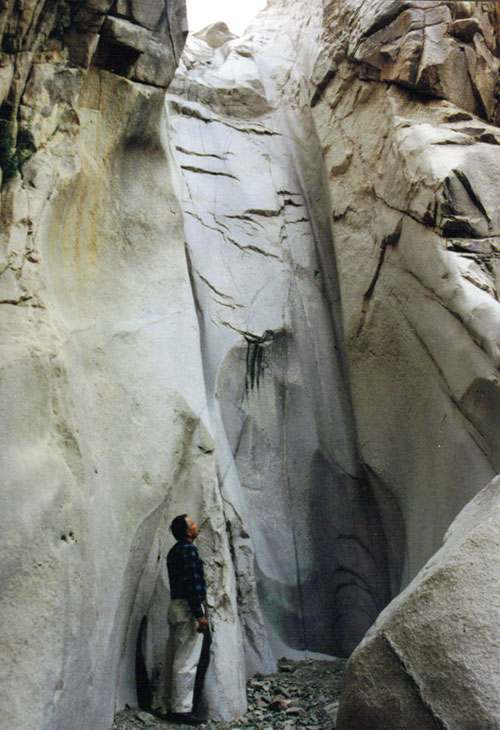
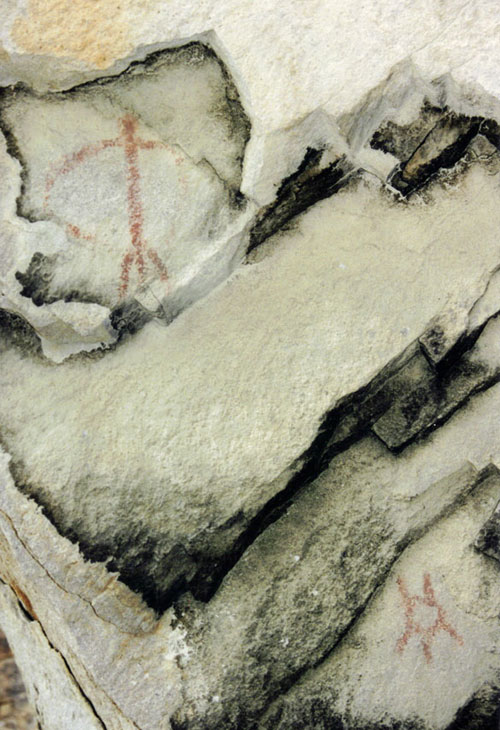
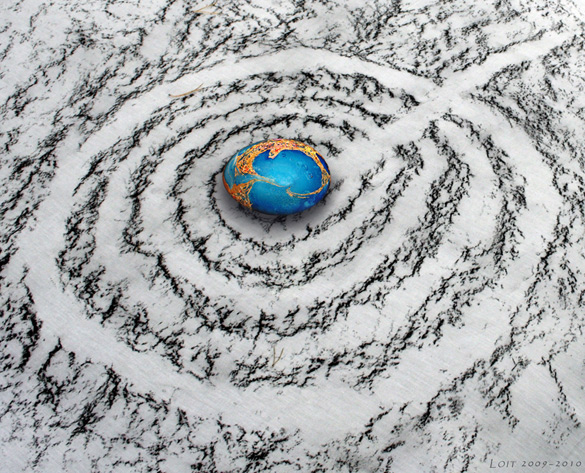
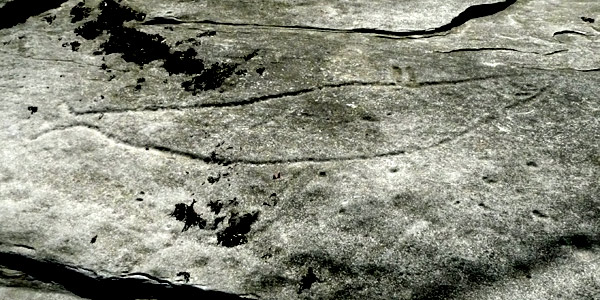
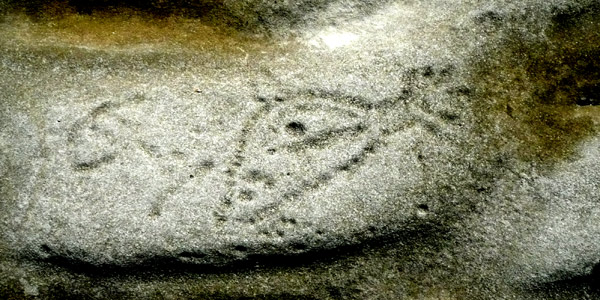













 Wikipedia has a good gathering of all the information and further links to explore.
Wikipedia has a good gathering of all the information and further links to explore.